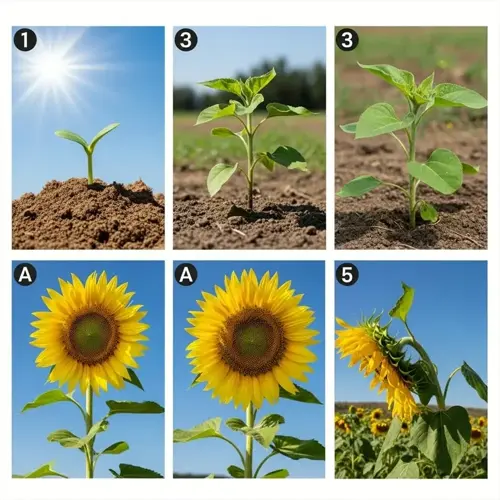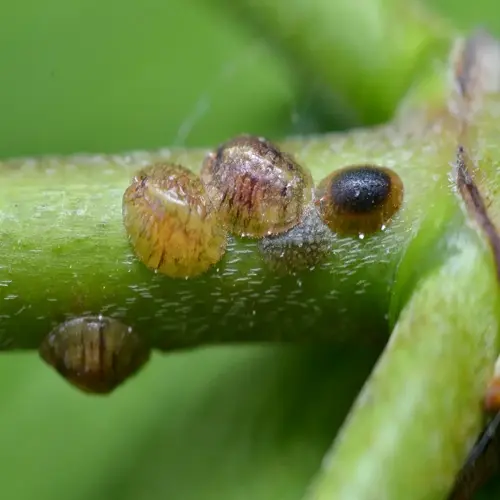What is integrated pest management?

Written by
Nguyen Minh
Reviewed by
Prof. Martin Thorne, Ph.D.Integrated Pest Management is a scientifically based approach that integrates different control strategies to achieve long-term success. Using IPM means an emphasis is put on prevention and monitoring. Chemical use should be minimized. It considers the sustainability of the systems being worked with as well as the long-term effectiveness of the endeavor. IPM is a strategy I use on farms and in homes to achieve long-term pest control success. The environmental impact of this method is significantly reduced.
Prevention Strategies
- Seal building entry points before infestations occur
- Maintain sanitation to remove pest attractants
- Select pest-resistant plant varieties for landscaping
- Modify habitats to discourage pest establishment
Monitoring Systems
- Conduct weekly inspections with sticky traps
- Use pheromone lures for specific insect detection
- Record pest population trends in detailed logs
- Implement degree-day models for lifecycle tracking
Intervention Protocols
- Apply biological controls before chemicals
- Use targeted treatments only when thresholds exceeded
- Rotate control methods to prevent resistance
- Employ physical barriers alongside other tactics
Evaluation Processes
- Measure treatment effectiveness monthly
- Adjust strategies based on monitoring data
- Document economic and environmental impacts
- Review prevention measures annually
By establishing action thresholds, unnecessary treatments are avoided. Vegetable crops tolerate fewer pest populations than ornamental flower gardens. Diseases and pests that pose a danger to public health require immediate remedies. I customize action thresholds for the various risks that occur on your property. This approach effectively utilizes the available resources. At the same time, you do not destroy the natural balances.
IPM offers significant benefits beyond simply reducing pest problems. Reduced chemical usage leads to improved pollination and enhanced soil health. Treatments used less often result in lower costs in terms of time and materials over the long run. I achieve 30% annual cost reductions for clients. Healthier ecosystems support more biodiversity. You invest in sustainable solutions.
Professional monitoring allows proper IPM implementation. Technicians recognize indicators of infestations at the earliest level possible. They also have access to commercial-grade monitoring equipment. I pair thermal imaging with manual inspection of the area. The follow-up visit is to ensure control has been effective. You gain total protection.
Ongoing surveillance forms the basis for successful IPM. Weekly trap checks reveal population trends. Seasonal patterns also help with predicting infestations. Decisions are based upon real-time data. Vigilance prevents significant infestations from ever developing. You maintain consistently pest-free environments.
Read the full article: Comprehensive Pest Control Solutions Explained

